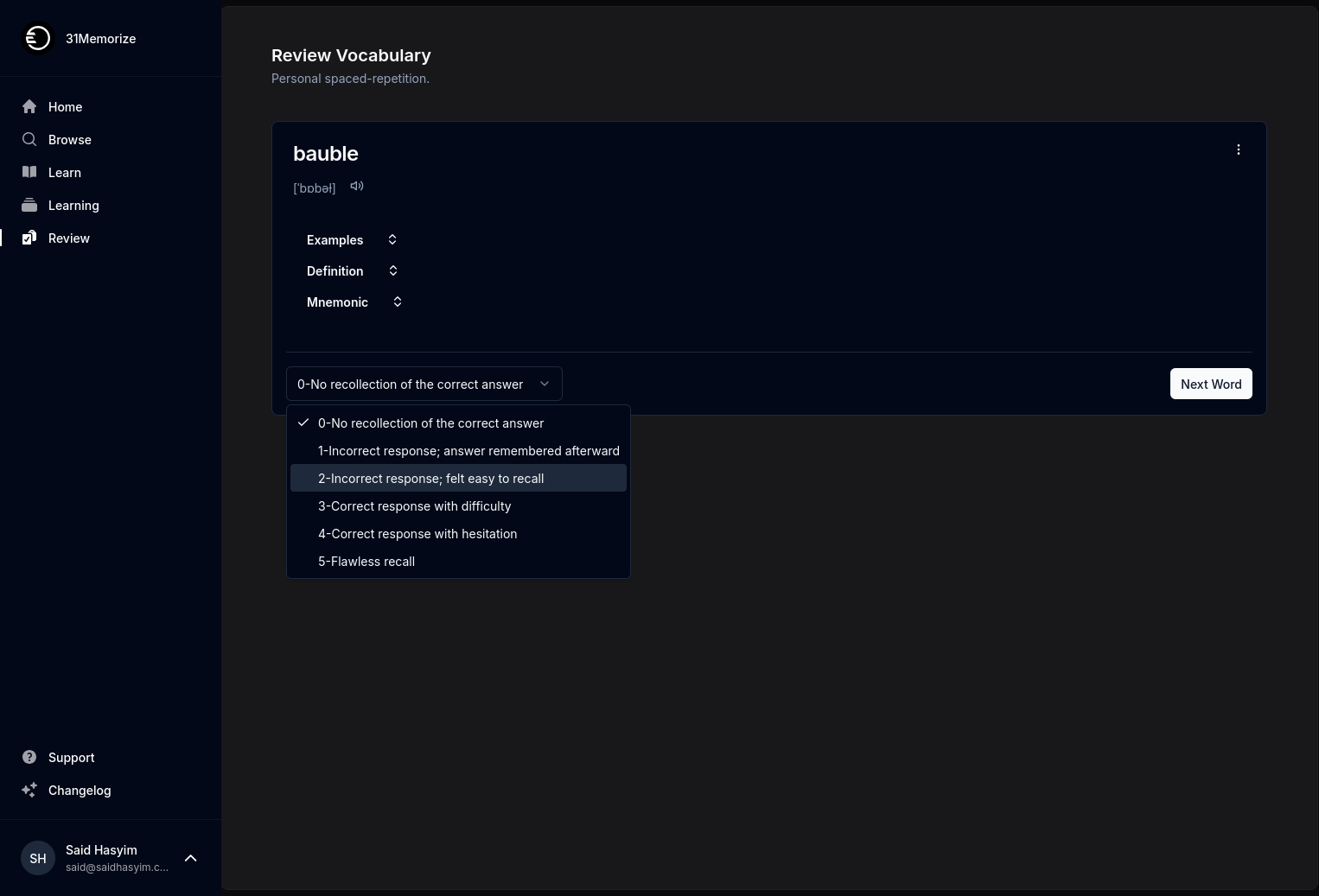Mining Data: What Your Book Reviews Can Teach
In today's digital age, data is the new oil, and just as oil needs to be refined to its most useful form, so too does data need careful processing to yield insights. Among the vast ocean of data generated daily, book reviews stand out as a rich resource that can drive valuable insights for authors, publishers, and readers alike. In this blog post, we will explore how to mine data from book reviews and what those insights can reveal about reader preferences, trends in the publishing industry, and the intricacies of storytelling.
The Importance of Book Reviews
Book reviews offer a unique glimpse into the minds of readers. They encapsulate personal opinions, emotional reactions, critical analysis, and overall experiences with a book. As such, they create a narrative of their own that can be analyzed to glean broader insights beyond individual sentiments.
Why Analyze Book Reviews?
Understanding Reader Preferences: Book reviews can highlight common themes, genres, and tropes that resonate with readers. By analyzing this data, authors can tailor their writing to align more closely with what their audiences crave.
Identifying Trends: Trends in book reviews can inform trends in the publishing industry. Seeing which genres are receiving positive feedback can be crucial for publishers aiming to invest in new titles.
Enhancing the Writing Craft: For authors, understanding what elements of their book are praised or criticized can lead to improvements in future works.
Building Community: Analyzing reviews can also showcase how readers engage with each other, offering insights into community preferences and dynamics.
Methods for Mining Review Data
Gathering data from book reviews requires both qualitative and quantitative methods. Here are some effective strategies for mining useful insights.
1. Sentiment Analysis
Sentiment analysis leverages natural language processing (NLP) algorithms to assess the emotions behind text. By applying sentiment analysis to book reviews, you can categorize reviews into positive, negative, and neutral sentiments. This process allows for an overview of how a book is perceived as a whole and can highlight trends over time.
Practical Application:
- Upload a dataset of reviews into a sentiment analysis tool.
- Examine the overall percentage of positive and negative reviews.
- Identify the aspects of the book that received strong reactions.
2. Thematic Analysis
Thematic analysis involves examining reviews to identify common themes, such as characters, themes, setting, plot development, and writing style. This qualitative approach can reveal the strengths and weaknesses of a narrative or identify plot tropes that are gaining popularity.
Practical Application:
- Manually or automatically categorize reviews by major themes.
- Compile a list of frequently mentioned words or phrases.
- Analyze how often these themes align with positive or negative sentiments.
3. Rating Distributions
Examining the distribution of star ratings can provide a quick overview of how readers feel about a book. For example, a book with a significant number of five-star reviews could indicate widespread acclaim, while a polarizing book might show an equal distribution of high and low ratings.
Practical Application:
- Plot the ratings on a distribution graph.
- Compare the distribution against competitor titles in the same genre.
- Use the insights to gauge the book's standing in the market.
4. Engagement Metrics
Looking at comments and likes on reviews can reveal how engaged readers are with a particular book. High engagement might indicate a strong community around a title, while low engagement could suggest a lack of interest.
Practical Application:
- Track the number of comments and likes on a selection of reviews.
- Identify if higher engagement correlates with brighter ratings or critical reviews.
- Investigate reader discussions for deeper insight into community dynamics.
Insights Derived from Book Reviews
Once you have mined the data, it's time to analyze and interpret the results. Here are several insights that can emerge from book review analysis.
Reader Preferences
Constantly changing reader preferences can be a goldmine for authors and publishers. For example, if recent reviews of fantasy novels indicate a hunger for diverse characters, authors can pivot their storytelling to include such elements.
Genre Trends
Analyzing book reviews over time can highlight rising or falling stars in the literary genre landscape. If science fiction reviews are becoming more favorable while romance declines, it could signify a broader cultural shift.
Writing Craft Improvement
Authors can glean constructive criticism from reviews, using feedback to refine character development, pacing, dialogue, and world-building. An analysis may reveal specific adjectives frequently used to describe the writing style, giving authors a clearer understanding of what resonated—and what didn’t.
Community Engagement
Creators and publishers can mine reviews to understand how communities form around certain titles. This can lead to targeted marketing efforts, author engagement strategies, and even community-building events.
Conclusion
Mining data from book reviews offers a wealth of insights that can drive the future of literature and storytelling. Whether you are an author, publisher, or merely an avid reader, understanding the feedback and sentiments expressed in reviews can lead to a deeper engagement with the literary world.
By applying methods such as sentiment analysis, thematic analysis, rating distribution evaluation, and engagement metrics, anyone can tap into the treasure trove of insights hidden in book reviews. As we continue to refine and understand our craft, the lessons learned from these reviews can guide us toward more enriching stories and vibrant literary communities.
In the end, every review offers a voice—a reflection of the reader's experience. By listening to these voices and mining the data they provide, we can build a more meaningful narrative in the world of books. Happy reading, and even happier mining!
